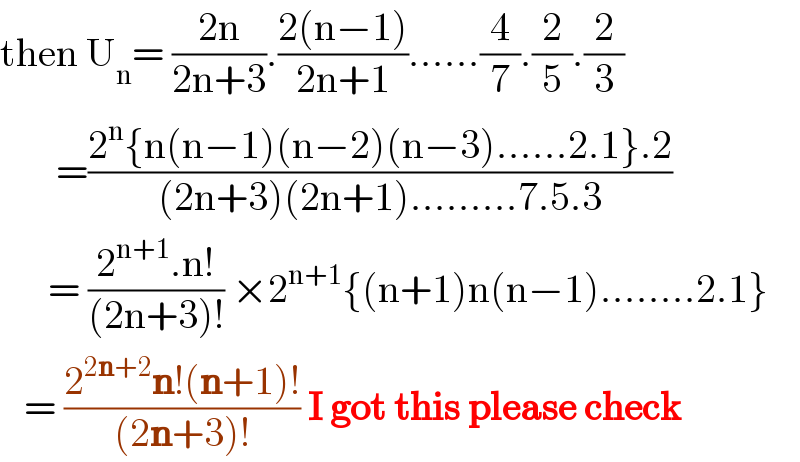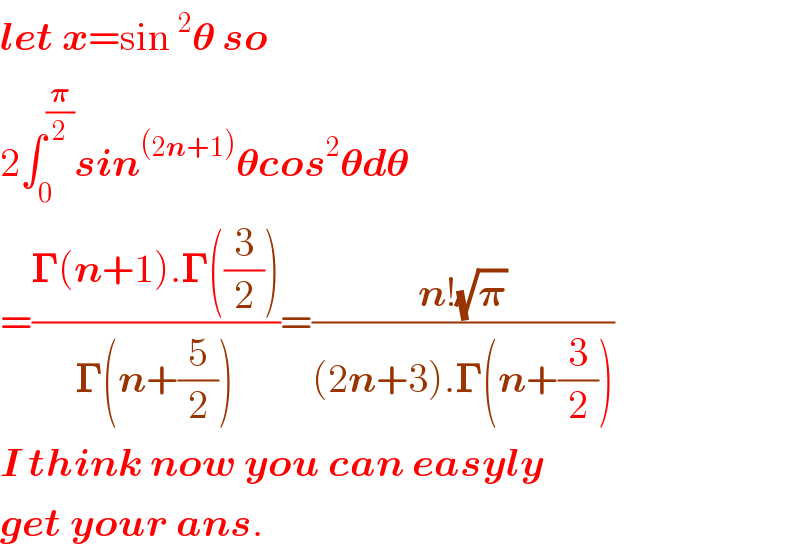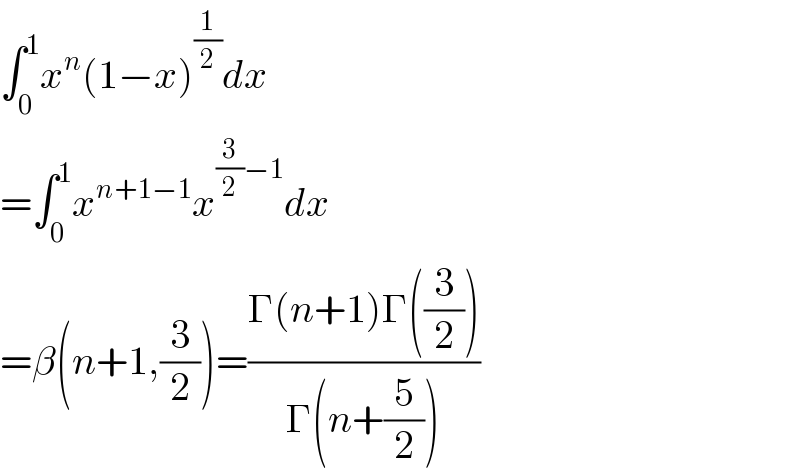
Question and Answers Forum
Question Number 98271 by Ar Brandon last updated on 12/Jun/20

Commented by Ar Brandon last updated on 12/Jun/20
Thanks �� But, it really isn't clear to me. Any explanations please ?��
Commented by PRITHWISH SEN 2 last updated on 12/Jun/20

Commented by Ar Brandon last updated on 12/Jun/20

Commented by Ar Brandon last updated on 12/Jun/20

Commented by PRITHWISH SEN 2 last updated on 20/Jul/20

Answered by smridha last updated on 12/Jun/20

Commented by PRITHWISH SEN 2 last updated on 13/Jun/20

Commented by smridha last updated on 13/Jun/20

Commented by PRITHWISH SEN 2 last updated on 13/Jun/20

Commented by Ar Brandon last updated on 13/Jun/20
Hum, thank you ��
Answered by Dwaipayan Shikari last updated on 01/Nov/20

